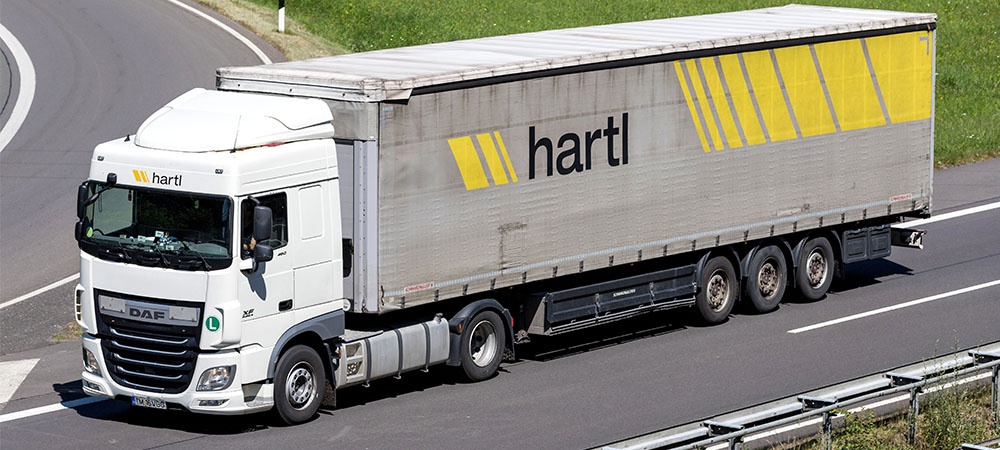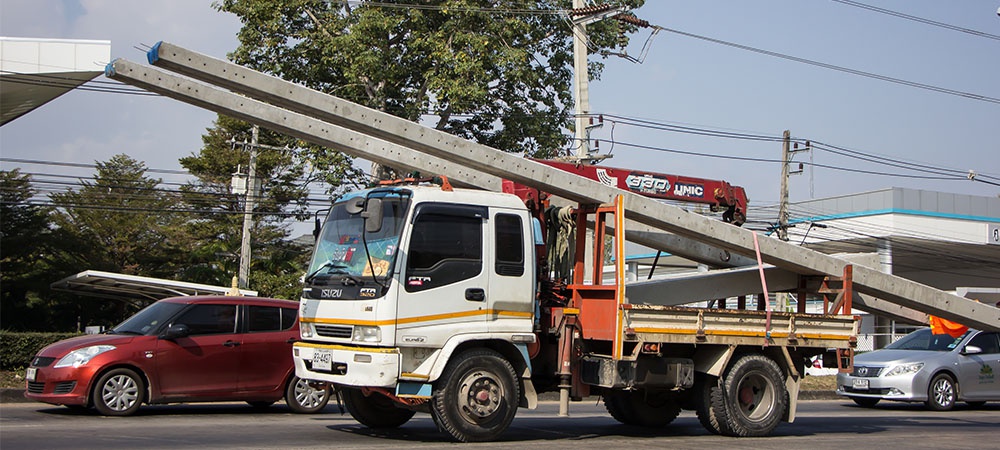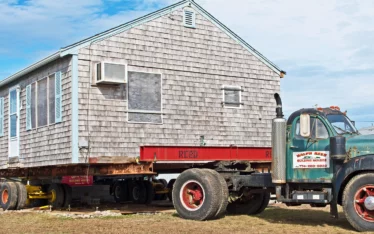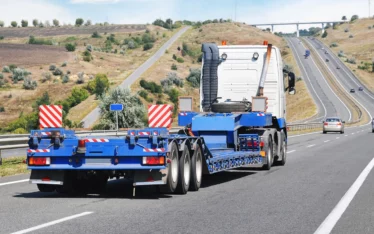Full Truckloads (FTL) and Less than Truckloads (LTL) are both used to transport goods, most commonly by semi truck. The primary difference between the two is that with an FTL, a single shipper reserves the entire truck while LTLs carry multiple smaller shipments together.
Here we will look at definitions of both FTLs and LTLs, their pros and cons, and when to use each.
What is a Full Truckload (FTL)?
A full truckload refers to a trailer that is filled by a single shipper. When you book an FTL you reserve the entire space for your shipment. No other shipments can be combined with your cargo which is the primary difference from LTLs.
What Type of Truck Hauls FTLs? Most commonly, this type of load is carried with a semi truck and a dry van trailer. However, you can also get an FTL with a refrigerated or open deck trailer. Costs will vary depending on the type of trailer with refrigerated shipping costing more especially in warmer months.
Do You Have to Fill an FTL? No. You can reserve a full truck without filling it to capacity. While this is not the most economical option, some shippers may choose to do this instead of an LTL in order to fully control how and when the shipment arrives. It may also be a matter of speed if other appropriate LTL shipments cannot be found to fill the entire truck.
How Much Can You Ship on an FTL? an FTL can carry anywhere from 5,000 lbs up to 45,000 distributed over one to 26 pallets. This is good for both very heavy shipments and lighter shipments that still take up significant space.

When to Use FTL Freight
- You are shipping 11 pallets or more and/or if your shipment is above 15,000 pounds. While you can ship FTL with as little as 5,000 lbs, 15,000 is the cutoff for LTL freight.
- You have fragile items that you cannot risk being near other shipments. While every effort is made to secure each pallet, multiple orders stacked together poses more concern than if you have a full truckload for your shipment alone.
- Your shipment window is narrow and must arrive and/or be picked up at precise times. While LTL shipments can be very reliable and can offer adequate scheduling flexibility for most shipments, sometimes FTL is the only real choice. With FTL you can control the exact timing from pickup until delivery whereas LTL will have multiple stops to consider.

What is a Less Than Truckload (LTL)
LTL also uses semi trucks but, unlike FTL shipping, multiple shippers may use space on a single truck.
Does an LTL Have to be Full? There is no minimum for how much space must be used on an LTL shipment. Typically, items are grouped together based on their destination, priority, and also how they will fit on the truck. Often, there might be some area leftover if the pallets, boxes, etc. do not fit exactly but this is better than overcrowding. However, in some cases a shipment may be delayed waiting for additional LTL shipments in order to make the best use of the truck.
Is There a Minimum for an LTL Shipment? When you are sending an LTL shipment, minimum weight may differ depending on the carrier. However, a typical range might be 150 lbs up to 15,000 lbs or more. You will be able to distribute this weight on up to 10 pallets as needed.

When to Use LTL
- You are using less than 10 pallets and are shipping less than 15,000 lbs. It should be noted that both of these criteria must be met. For example, if you have a 20,000 lbs shipment on 5 pallets, this would still need to be an FTL. Similarly, if you have a light but awkwardly shaped shipment that is only 5,000 lbs but requires 15 pallets, this would also be an FTL.
- Your items are stackable and not fragile. Often, to maximize the space, pallets are stacked on top of each other. Your items and/or their packaging will need to be sturdy enough to stand up to additional pallets on top.
- You have more time than money when it comes to your shipment. Though LTL shipments do provide shipping time options, they are not quite as flexible or customizable as an FTL. If your shipment has a wider delivery window, you can save money with an LTL.

Common FTL and LTL Questions
Do Items Have to be Palletized? Though items do not have to be palletized, this is usually the most efficient way to fit items. If your shipment cannot be palletized, an FTL is likely the best option since you will have greater control over how things are loaded.
What are the Benefits of LTL? Cost is the biggest benefit of LTL freight. Since you are splitting the cost among several shipments, this makes it significantly more cost effective. Additionally, LTL shipping tends to be more environmentally friendly since it helps small shipments avoid using an FTL without completely filling it.
Benefits of FTL? Benefits of an FTL largely have to do with the customizability of this type of shipping. Since you will not have to combine your shipment with others, you will not need to worry about multiple stops or other delays. This will allow you to more accurately choose the pickup and delivery times.
Additionally, FTL freight is handled less than LTL freight. This is beneficial if you have more fragile items. Also, FTL freight tends to have less restrictions and does not need to be as carefully weighed. Since you are paying your carrier for the entirety of the trip, they will not be as concerned about small delays or slightly heavier cargo than what was stated. In contrast, an LTL may be reweighed and any delays you cause may result in additional charges.
Get a Free Quote on FTL and LTL Shipping
Not sure if FTL or LTL shipping is right for your company? Ontario Container Transport is here to help. We offer both FTL and LTL shipping with dry vans, refrigerated containers, and intermodal containers. Let our experts help you choose the right shipping method for your business by calling us at (905) 695 1501.




